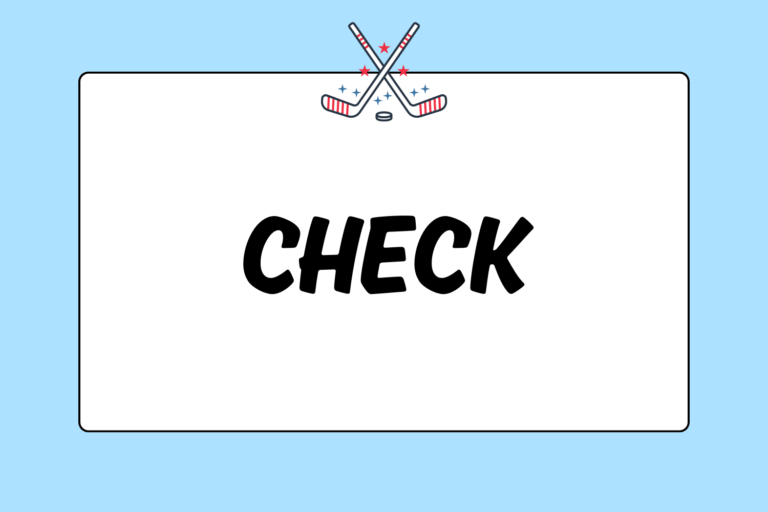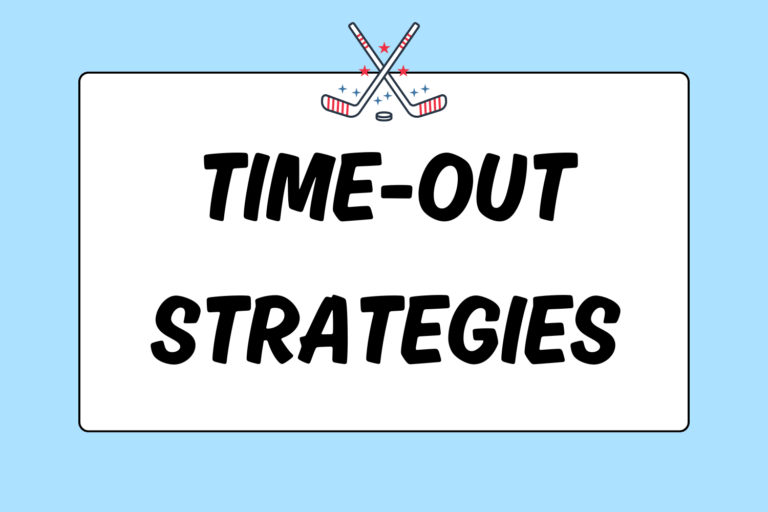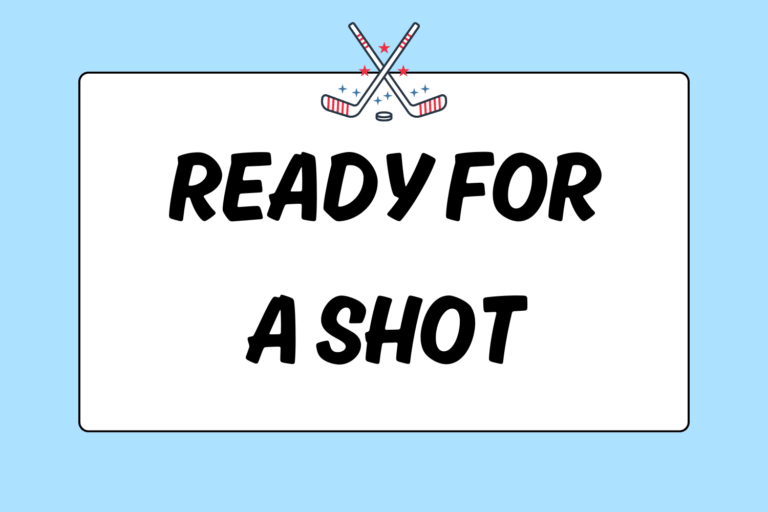Trying out for a new ice hockey team can be an extremely nerve-racking experience! For many players, tryouts are more difficult than actual games. Most of the apprehension surrounding ice hockey tryouts is based on a lack of preparation, though. Whether you’re trying out for a peewee, house, junior, high school, or college team, this guide outlines the best ways to prepare for tryouts and maximize your chances of making the team.
The Offseason
The months leading up to tryouts often have more of an impact on your performance than the actual day of tryouts. The offseason is an ideal time to work on conditioning and skills.
As far as ice hockey skills are concerned, skaters should use the offseason to work on power skating, puck-handling, shooting, and passing. Goalies should work on their angles, balance, and reflexes. Being a rink rat is the best way to work on these basic skills. Go to as many stick and puck times or pickup games as you can during the offseason.
The Time Leading Up to Tryouts
In the weeks and days before tryouts, you should learn as much as possible about the team you’re trying out for and how tryouts will be conducted. Talk to the coaches of the team you’re trying out for and see what they’re expecting from players. Find out what drills they prefer. If you’re unfamiliar with any of their go-to drills, try to learn them. It’s important that you’re comfortable and confident once you step onto the ice.
Try to find out how many roster spots the team has available. For example, if you’re a center and the team has three returning centers, you might consider trying out for a winger spot. Further, if you’re a goalie and there are already two (or more) returning/skilled goalies, you might be best served looking for a different team.
Also, it never hurts to talk to players that you know on the team (returning, or those who have moved on). They can answer your questions about the tryout structure and what will be expected of you if you make the squad — always good knowledge to have.
The Night before Tryouts
What you do the night before tryouts has a large bearing on how well you’ll perform the next day. Despite the fact that falling asleep may be difficult if you’re particularly excited, getting plenty of rest will pay dividends when it comes time to perform. Aim for at least eight hours of rest.
But sleep isn’t the only thing you should worry about the night before tryouts. You should also do some gentle static stretching. Hockey players constantly deal with tweaks and bruises, and doing a light round of stretching will help inform you of any unknown minor muscle tweaks you might have. As an added perk, some static stretching will help you relax and fall sleep.
Lastly, you should spend some of your night inspecting your equipment. Unpack your bag, and do a brief inspection of all your gear. A quick check will give you peace of mind that all your stuff is in working order, and it will alert you before tryouts start of anything that you may need to fix or replace. Pay special attention to skate blade sharpness, cut skate laces, stick integrity, and helmet straps. You can also re-tape your stick blades if the tape’s worn out. If you’ve played recently, leave your gear out of your bag to ensure that it’s completely dry for your big day.
The Day of Tryouts
The first step on the morning of tryouts is eating a balanced and healthy breakfast. Fruits, multigrain bread, and some eggs are a solid combination. Drink plenty of water, and avoid drinks with caffeine or lots of sugar.
Next up, it’s time to pack your hockey bag. Make sure you include all of your equipment, and also remember to bring some extra hockey tape, shin guard tape (if you use it), and a pair of light/dark jerseys. Some tryouts provide practice jerseys, but it’s best to play it safe and bring your own.
Right before Tryouts Start
Arrive to tryouts plenty early! Give yourself enough time to make a stop at the rink’s pro shop if necessary. Cutting it close and arriving 15 minutes before a pickup game might be acceptable, but you should arrive to your tryout early enough to be on the ice 10 minutes early. This extra time gives you an opportunity to stretch and get dressed.
When you’re getting dressed and ready for tryouts, be vocal and courteous to the other players. Yes, you’ll be competing against them for a spot. However — if you make the team — some of these guys will be your teammates in a few days. There’s no reason to be rude and hurt team chemistry before the team is even assembled. Further, coaches like team players. If the choice comes down to you and another player, your good attitude might be what tips the scale.
Tryouts will almost surely start with some dynamic stretching, but there’s no harm in doing a bit of individual stretching with any extra time you have before they open the rink. Do a few warm-up laps, and then start to get loose.
Time to Get on the Ice
If you’ve followed the steps outlined in this guide, you’ll be as prepared for your tryouts as possible. All that’s left is to get on the ice and show the coaches and other players your ability. Stay relaxed, pay attention to the coaches, play unselfishly, ask questions whenever you’re confused, and give it your all. If you do all of these things, you’ll have maximized your chances of making the team. Good luck!





